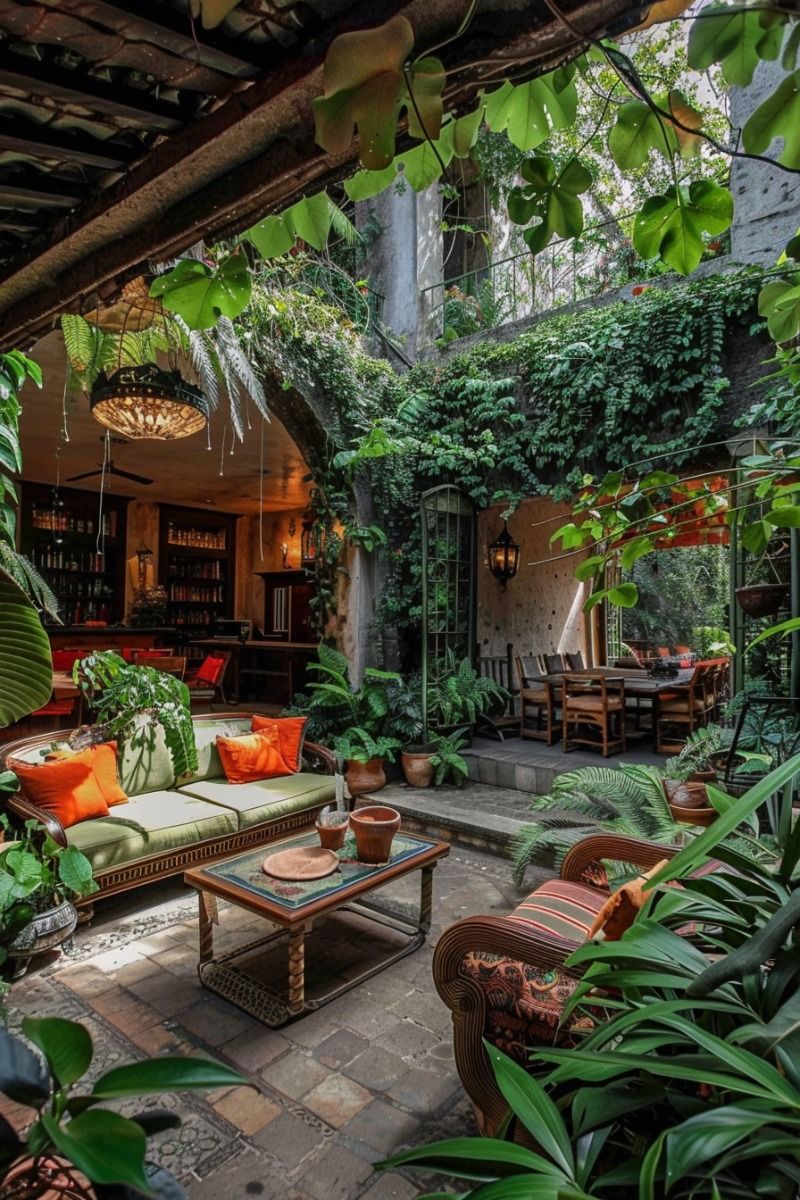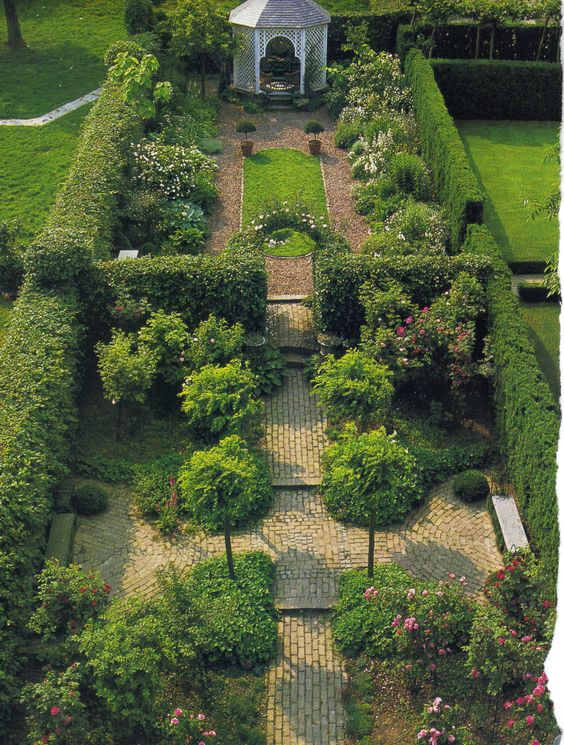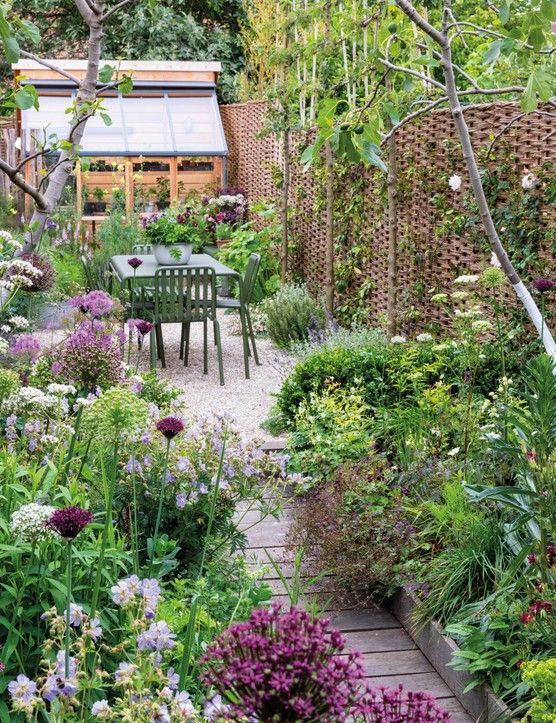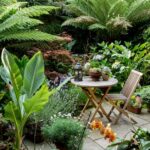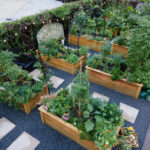When it comes to creating a beautiful and functional garden, the layout is key. A well-designed garden layout can enhance the overall aesthetic appeal of your outdoor space while also providing practical elements such as seating areas and pathways. Whether you have a large backyard or a small balcony, there are several design principles that can help you create a stunning garden layout.
One of the first considerations when designing a garden layout is the overall theme or style you want to achieve. Whether you prefer a formal, structured garden or a more relaxed, informal design, your chosen theme will guide the layout of your garden. For a formal garden, you may opt for straight lines and geometrical shapes, while a cottage garden will feature curved pathways and abundant, overflowing plantings.
Another important factor to consider when designing a garden layout is the size and shape of your outdoor space. Small gardens may benefit from vertical planting solutions such as trellises or hanging baskets, while larger gardens can accommodate separate areas for dining, relaxation, and play. By carefully planning the layout of your garden, you can make the most of the available space and create a functional and visually appealing outdoor space.
Incorporating pathways into your garden layout is essential for creating flow and guiding visitors through the space. Paths can be made of a variety of materials such as gravel, stone, or wood, and can be straight or curved depending on the overall design of your garden. Adding pathways can help break up the space and create interest, while also providing access to different areas of the garden.
When designing a garden layout, it is also important to consider the location of key elements such as seating areas, water features, and plantings. Seating areas should be strategically placed to take advantage of the best views and sun exposure, while water features can add a sense of tranquility and movement to the garden. Plantings should be arranged in a way that provides interest and variety, with taller plants at the back and smaller plants at the front to create depth and visual appeal.
Lastly, don’t forget to include personal touches in your garden layout. Whether it’s a favorite sculpture, a collection of potted plants, or a unique focal point, adding elements that reflect your personality and style will make your garden truly your own. With careful planning and attention to detail, you can create a stunning garden layout that enhances your outdoor space and provides a beautiful backdrop for outdoor living and entertaining.
